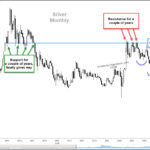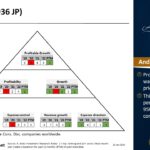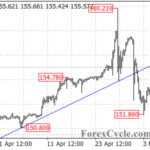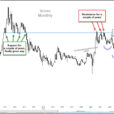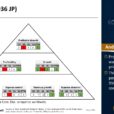
For some reason, I can’t bring myself to shake the old notion that “cash is king.” I get that it hasn’t been the hottest concept on the Street lately, with interest rates as low as they are. But with more than the usual level of uncertainty today (the future of interest rates, the presidential election and what it will mean for a host of issues about which businesses and investors care) not to mention persistent frustration over the slow and not-as-widely-shared-as-we’d-like nature of economic progress, I finally yield to the temptation to develop a cash-cow stock-selection model.
This Should Work
The traditional benefits of hefty cash flows remain in place. This gives business the wherewithal to cope with proverbial and probably inevitable rainy days. It gives companies the wherewithal to grow their businesses without undue (or often any) reliance on debt and debt-related risk. In other words, cash helps companies play better defense. It helps them play better offense. What’s not to like.
This also works when I go Ivory Tower and reason, as I often do, from the traditional dividend discount model, which I extend by substituting earnings for dividends. The formula for an ideal PE is 1 divided by the difference between the required rate of return and the expected growth rate. Cash reduces risk, which in turn, reduces the required rate of return. So all else being equal, increases in cash generation push PEs upward.
Hence practical and theoretical considerations both point to the same conclusion. How good is that!
Following through on basic logic, I expect a backtest of my cash-cow model to show decent results in the past. I also expect results to be at least as good or probably better relative to the market over the past 12 months given that the increased presence of cash should, I assume, soothe the interest-rate and other fears that became troublesome of late.
Surprise, Surprise
I created a Portfolio123 screen that defined excess cash flow as cash from operations (the accrual-free item reported on the Statement of Cash Flows) minus capital spending minus dividends. I focus on the S&P 500 companies excluding financial and biotech stocks because their cash flows often don’t fit this basic mold. I also exclude tech, which normally a more cash heavy sector due to the greater product-cycle needs. From among the “basic” blue-chips I consider, I identify firms that have had positive excess cash flow in each of the past five 12-month periods, those that ranked in the top half in terms of five-year average excess cash (scaled by sales) and five-year excess cash flow growth.
Reviewing passing companies, it is clear the screen successfully picked up the kinds of companies I hoped to see, usually about 50 of them.



